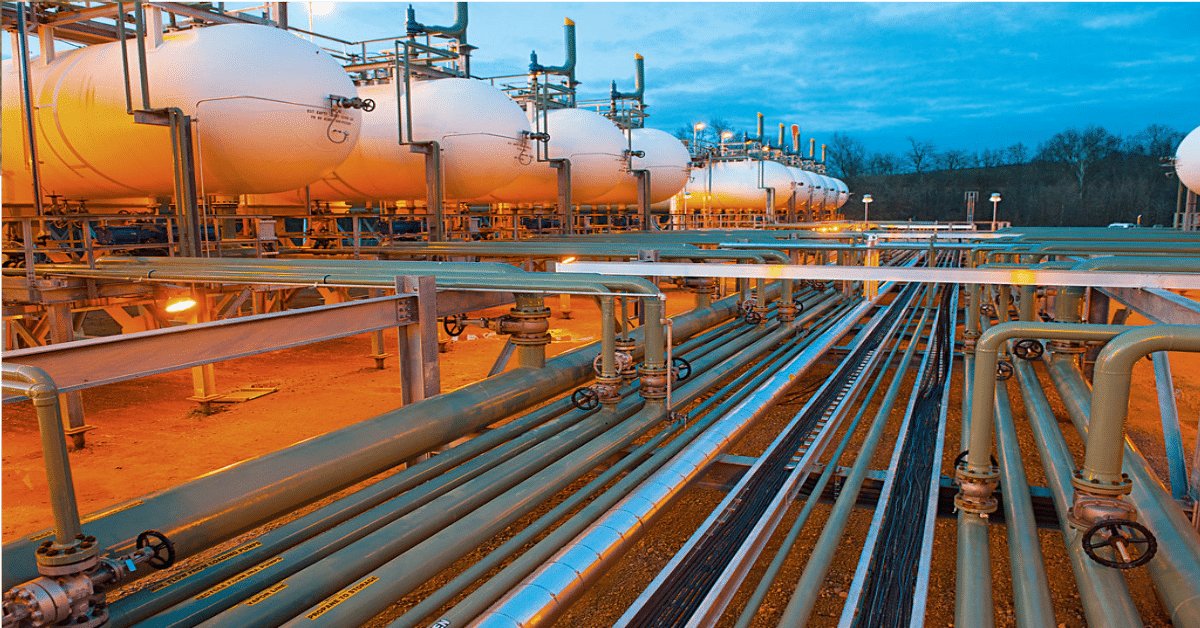The latest measures of the Hungarian Government on favouring lignite and gas use seem to go against NECP 2019, halt decarbonisation and enhance recarbonization.
– Recent government measures promoting gas and lignite use are against decarbonization plans and is a lock-in.
– New gas turbines are planned to be employed (for a total capacity of 1,600 megawatts).
– Lignite use is planned to be resumed for at least until 2029 and the revised NECP is an opportunity to halt this measure.

The 2019 Hungarian NECP aims “to reduce GHG emissions by at least 40% by 2030 (compared to the year 1990)”. This is also confirmed by the 2020 Climate Protection Act and by the National Clean Development Strategy 2020 – 2050, which examined in detail what steps and measures can lead to the planned reduction of greenhouse gas emissions. Both documents considered decarbonisation to be fundamental: “drastic changes are needed to decarbonise Hungary’s energy supply system”.
While the recent energy crisis pushes European countries to speed up their decarbonisation measures, Hungary seems to step backwards.
In March 2023 the Hungarian Government announced the public procurement for new gas turbines for Mátra Power Plant and Tisza Power Plant (for a total capacity of 1,600 megawatts). This measure was justified with the “advantages of combined cycle gas turbines“ (stating they “can be built relatively quickly, their efficiency is exceptionally high, their specific carbon dioxide emissions are low, and their performance can be regulated according to current consumption.”)
In the same time lignite use is planned to be resumed for at least until 2029 at Mátra Power Plant (the largest plant in the country).
Gas and lignite use emits far more greenhouse gas than renewable energy use. Hungary has also ratified the Paris Agreement, which designates “low greenhouse gas emissions development” as a goal.
The continued use of lignite and gas not only fuels further carbon-fuel crisis and does not follow EU’s decarbonisation goals, but also will lead to serious lock-in that will put Hungarian energy sector and climate protection on a disadvantageous trajectory for long years.

